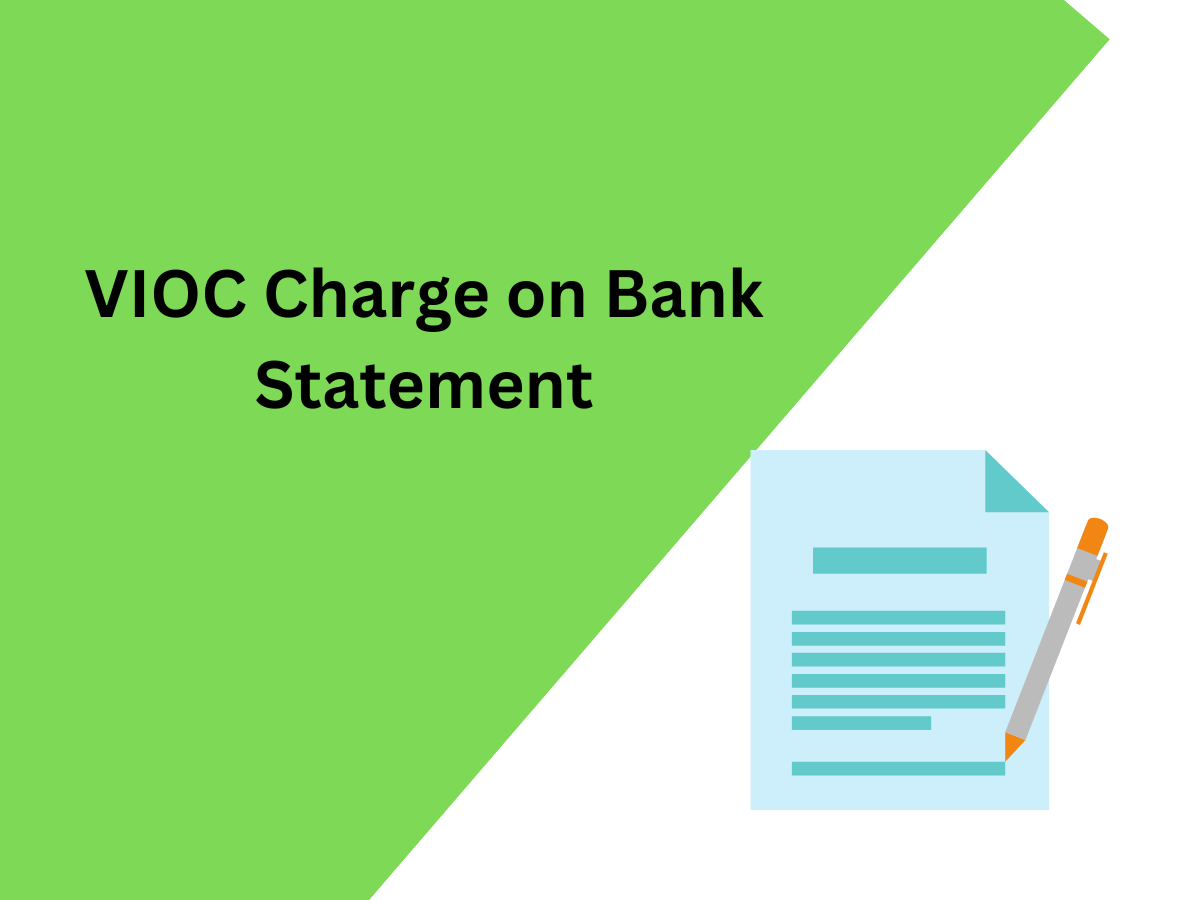
What Is the VIOC Charge on Your Bank Statement?
You might have recently noticed a charge labeled “VIOC” and wondered what it pertains to. This post aims to demystify the VIOC charge, helping bank customers, online shoppers, and financial literacy enthusiasts understand why it appears and what steps you should take if you spot it on your statement.
Understanding VIOC Charges
VIOC stands for Valvoline Instant Oil Change, a service providing preventative vehicle maintenance not only including oil changes but also battery replacement, tire rotations, and more. If you see a VIOC charge on your bank statement, it indicates a payment made to one of their service centers.
However, noticing such a charge can be alarming, especially if you do not recall authorizing this transaction. There are a few reasons why this charge can appear on your bank statement:
- Recent Visit: The most straightforward explanation is that you or someone in your family used Valvoline’s services, and the transaction was billed as VIOC.
- Delayed Billing: Sometimes, due to processing delays, the charge might appear on your statement days or even weeks after the service was availed, leading to confusion.
- Unauthorized Use: In rare cases, your card details might have been compromised, and an unauthorized individual used your card to pay for services at VIOC.
Understanding the source behind the charge is the first step in addressing any potential issues. But what should you do next?
Steps to Take After Spotting a VIOC Charge
1. Review Your Expenses
Go through your receipts and expenses to confirm whether you or a family member used Valvoline’s services around the date of the charge. You might also want to check with anyone who might have access to your card.
2. Contact Valvoline Instant Oil Change
If you’re unable to recall the transaction, reaching out to Valvoline could provide more details. Most establishments are willing to verify the service provided and can confirm the specifics of the transaction in question.
3. Report Unauthorized Transactions
Should you determine the charge to be fraudulent, the first action is to contact your bank or card issuer immediately. Reporting unauthorized transactions early can protect you from financial liability and allows your bank to take necessary security measures, such as freezing your card or issuing a new one.
4. Monitor Your Account
After dealing with an unauthorized charge, it’s prudent to closely monitor your account for any further suspicious activity. Additionally, consider changing passwords and PINs to bolster your financial security.
5. Consider Fraud Protection Services
If fraudulent charges are a recurring problem, you may want to look into fraud protection services. Many banks offer solutions that add an extra layer of security to your accounts, alerting you to potential fraud before significant damage occurs.
Preventing Unauthorized Charges
While encountering a VIOC charge can be a momentary cause for alarm, it often has a straightforward explanation. However, the experience underscores the importance of regularly reviewing your bank statements and being proactive about your financial security. Here are some tips to prevent unauthorized charges:
- Regularly Review Statements: Make it a habit to scrutinize your bank and credit card statements monthly to catch any unauthorized transactions early.
- Use Secure Payment Methods: When shopping online or in-person, use secure and encrypted payment methods, and avoid conducting transactions over unsecured Wi-Fi networks.
- Keep Your Card Information Safe: Be cautious about where and how you share your credit card information. Consider using mobile payment solutions that use tokens instead of your actual card number for transactions.
- Enable Alerts: Most banks offer transaction alerts via email or SMS. These can provide immediate notification of any charges made to your account, allowing for quicker reaction times.
Conclusion
The appearance of a VIOC charge on your bank statement typically indicates a payment for services rendered at Valvoline Instant Oil Change. While it’s often a legitimate charge, unrecognized transactions warrant a closer look. Taking a proactive stance in managing and protecting your financial accounts is invaluable in today’s digital world. By understanding your transactions, engaging with service providers for clarifications, and taking swift actions in case of unauthorized charges, you can ensure the security of your financial resources and have peace of mind regarding your banking activities.